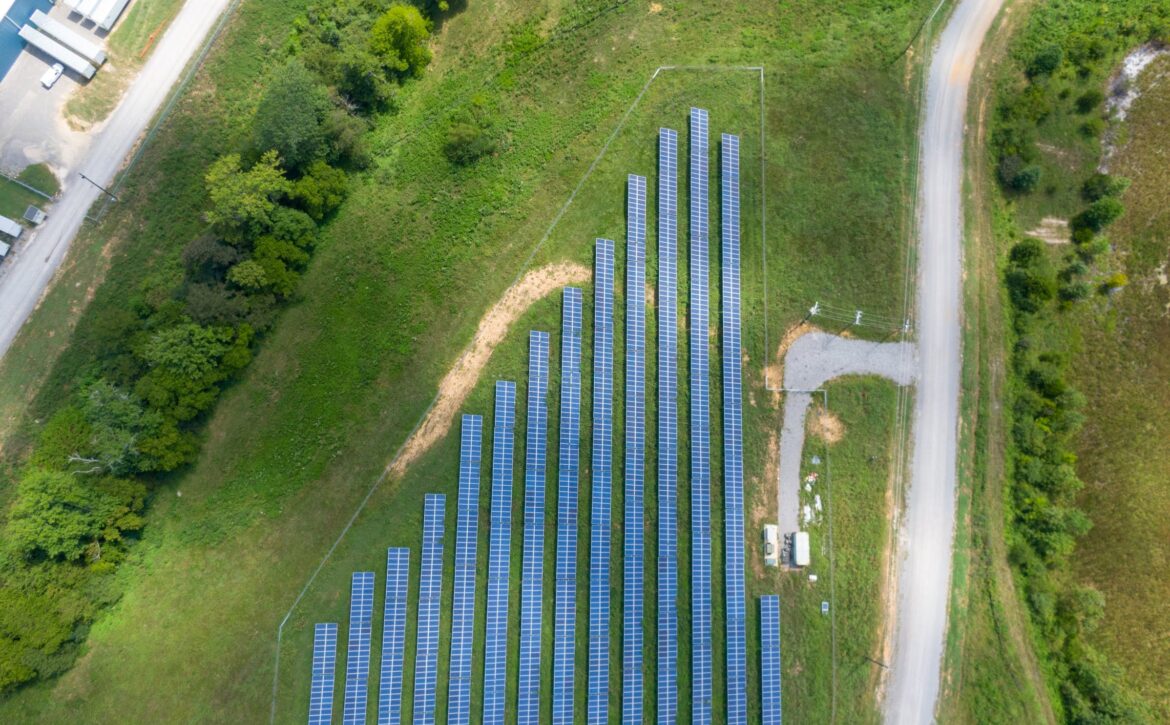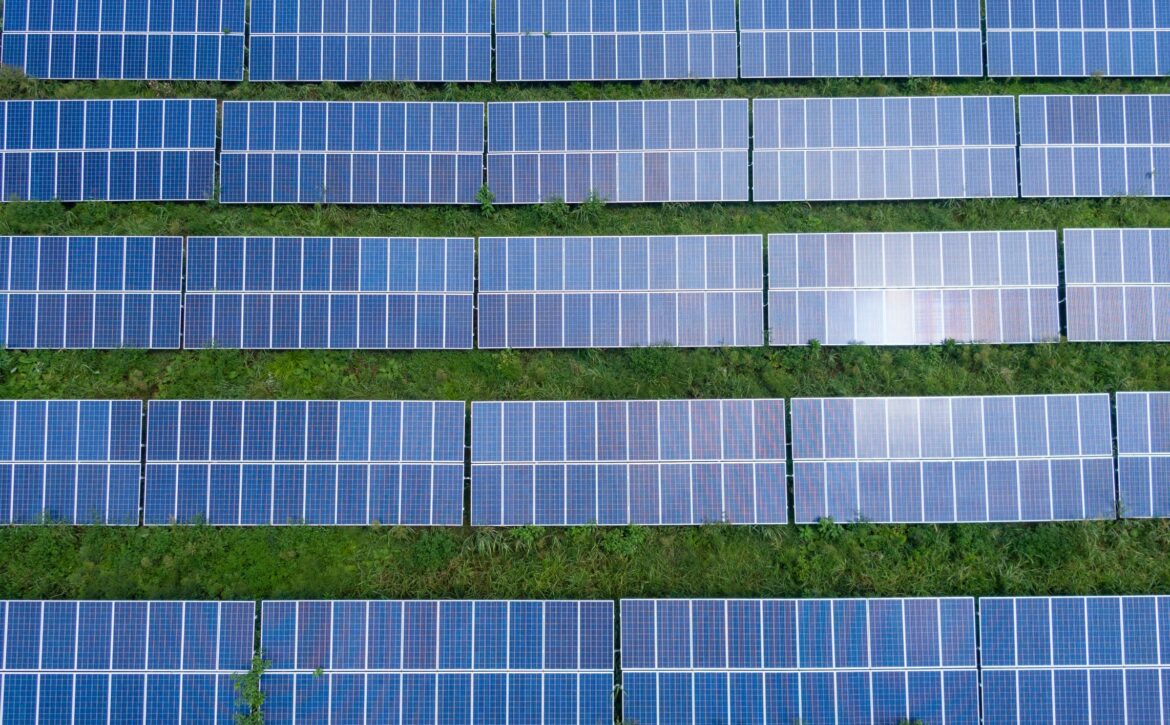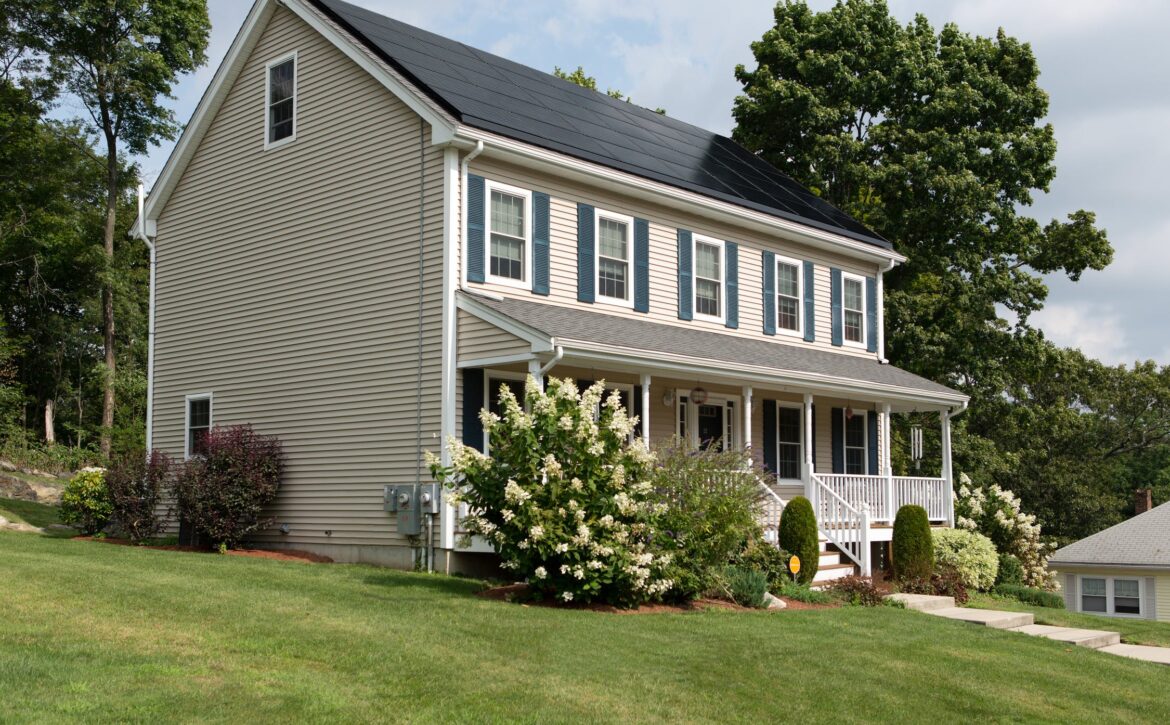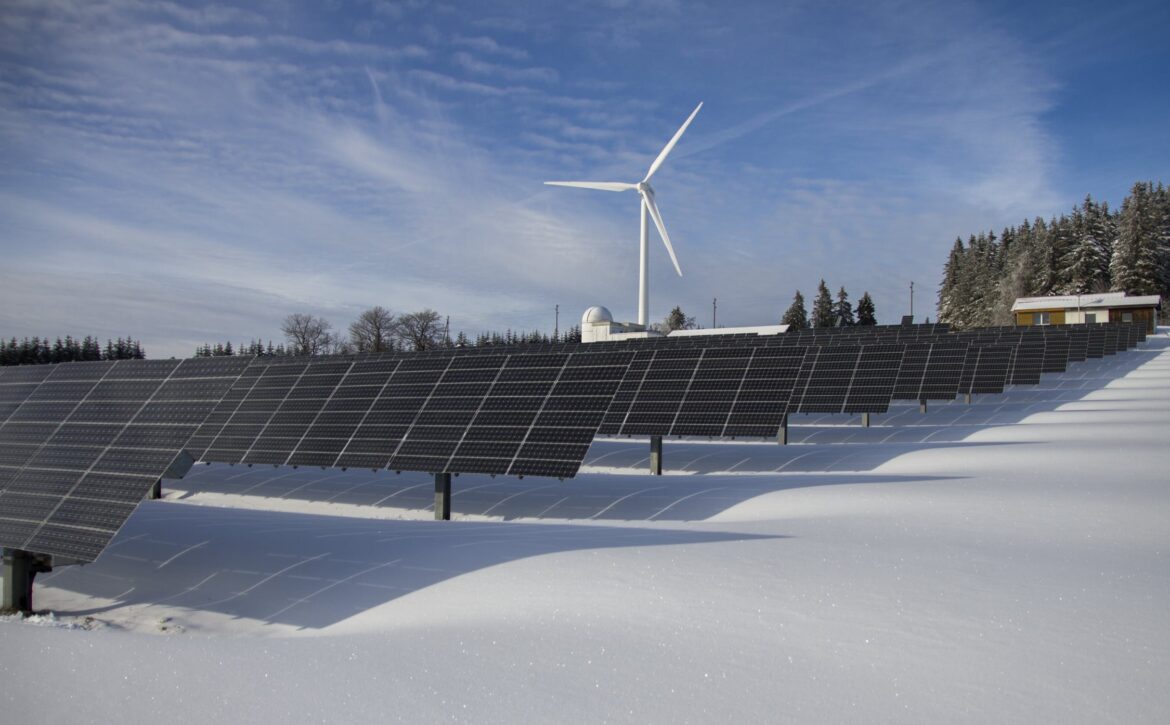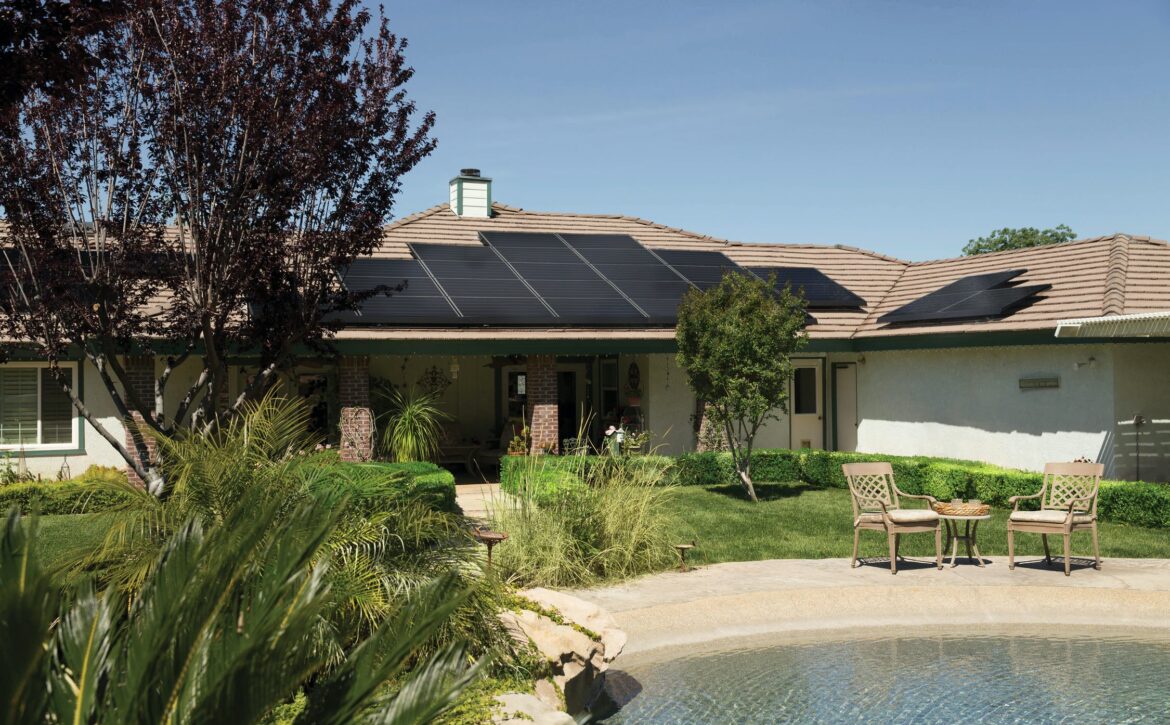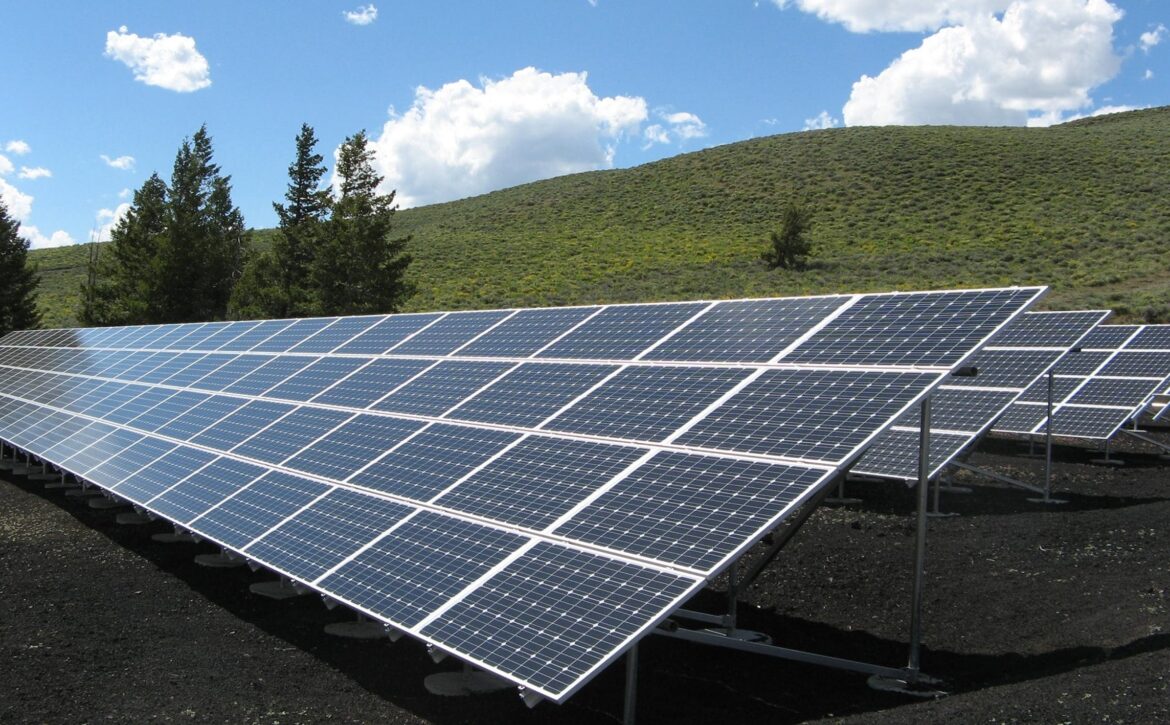Integrating Home Generator Into Your Power Systems: Everything You Need To Know
If you live in an area where you get frequent power outages, a portable generator is a great investment. A portable generator allows you to run your most essential appliances – like air conditioners, hot water heaters, stoves, refrigerators, and more – even when the power goes out.
But manually connecting all of your appliances to your generator can be time-consuming and difficult, particularly if the weather outside is bad, which is common during power outages.
What’s the solution? A transfer switch! Transfer switches allow you to safely integrate just about any generator into your home’s electrical systems. In this article, we’ll take a look at the basics about transfer switches, and how they should be used to integrate your generator with our home’s power systems.
The Benefits Of Integrating Your Generator Into The Power System Of Your Home
Using a transfer switch to integrate your generator into your home’s power systems has a number of benefits.
Seamlessly integrates with your existing circuits – A transfer switch seamlessly switches the power source of your home from the municipal power grid to a generator. It can integrate with your existing power circuits, so you don’t have to worry about connecting your generator to the proper appliances.
No more unplugging and plugging in appliances – When the power goes out, you’ll need to plug your appliances into your generator. When it turns back on, you’ll need to do the reverse – and plug them back into your home’s electrical grid.
This is time-consuming, and requires you to use a number of properly-rated extension cords throughout your home. A transfer switch eliminates this completely – only one cord is required to connect your generator directly to your home.
You can choose which circuits and outlets are powered – You can choose which individual circuits get power, and change which ones are powered at any time. This helps you maximize efficiency, and makes your life more convenient.
Your circuit breakers will still protect your appliances – Because your transfer switch integrates with your home electrical system, the circuit breaker will function, even while the generator is in use. This protects sensitive electronics from power fluctuations.
There are many other reasons to consider a transfer switch, but these are the biggest benefits.
Understanding The Transfer Switch Installation Process
You should not try to install a transfer switch on your own. You risk damaging or destroying your home’s electrical wiring. You should hire a licensed electrician to install the transfer switch into your home.
The transfer switch consists of a switching unit, as well as a heavy-duty power socket, to which your generator will be attached. It will have a main breaker, which is responsible for connecting to your home’s power grid, and switching from utility power to generator power.
It also contains a number of different circuits, which can be toggled on and off. The number of circuits you’ll need will depend on your home, the appliances you want to run, and the size of your generator.
During installation, you will choose which circuits are assigned to which appliances and outlets in your home. For example, you could choose to power your furnace, air conditioner, refrigerator and freezer, and your lights, and choose a circuit for each one. Each circuit could also be used to power a particular room. Consult with your electrician to determine what’s right for you.
You likely will not be able to power all of these circuits at once, unless you have a very large generator, so each one can be toggled on and off easily. For example, if it’s hot outside, you could shut off power to the hot water heater, and use this power from your generator to run the air conditioner.
Why Are Transfer Switches Necessary?
Transfer switches are mandatory, and required by the National Electric Code in order to connect any power source to your home. They are the only safe way to do so – for more about this, read the next section about “backfeeding”.
A transfer switch also makes it more convenient to power your home during a power outage, as noted in previous sections. Not only that, it allows you to power appliances which do not connect with a standard wall outlet – such as sump pumps and furnaces – which otherwise could not be connected to a generator.
Transfer switches also make it easier to manage the power of your generator. You can simply flip a switch to change the powered circuits, rather than moving, plugging, and unplugging extension cords.
The Dangers Of Backfeeding With A Generator – NEVER Do This In Your Home!
The main reason that transfer switches are mandatory is that they are the only way to power your home safely, without “backfeeding.”
Backfeeding is the act of taking a generator, and simply plugging it into a standard wall outlet, using a heavy-duty power cord. This practice is known as “backfeeding”, because it’s the reverse of standard electrical flow – the power flows from a wall unit, into the main electrical panel, and then out the main breaker into the transformer.
When it reaches the transformer, the unit will try to “step up” the voltage, and distribute the power throughout the rest of the neighborhood’s power lines.
For obvious reasons, this is incredibly dangerous. It’s also completely illegal. If you are caught backfeeding, you could face a serious fine, or even jail time.
Backfeeding can damage your generator and your home’s power systems, and it also has the potential to cause a fire. It could also destroy the delicate electronics and other appliances connected to your home’s power grid.
It also puts additional stress on your generator because it’s less efficient. You’ll only be able to get about half of the power at which your generator is rated, because the 240-volt supply is split into two, 120-volt lines.
Finally, and most importantly, backfeed can kill technicians working on power lines. As mentioned, backfeeding will cause the power lines running to the transformer to become energized – and workers who are working on repairing de-energized power lines could be unexpectedly shocked by this voltage, and seriously injured or killed.
Do not backfeed. Doing so will destroy your generator and your home’s power systems over time. It’s illegal, and it could kill or injure any technicians who are attempting to restore power to your neighborhood.
Manual Vs. Automatic Transfer Switches – Understanding Your Options
There are two main types of transfer switches – manual and automatic. Both are great options, and have different pros and cons.
The most common type of switch is a manual transfer switch. With this type of switch, you’re responsible for manually choosing which circuits are energized, and you must manually switch from utility power to generator power, and vice-versa. They’re inexpensive, so they’re the best choice if you’re on a budget.
Automatic transfer switches are different. They are programmable, so you can choose which appliances and circuits have priority, and allow the transfer switch to activate and deactivate these circuits automatically. Automatic transfer switches also can be programmed to switch between generator and utility power. However, because of these advanced features, automatic transfer switches are usually quite a bit more expensive than manual switches.
Both automatic and manual transfer switches can be great options, depending on your budget, the appliances you need to run, and the power rating of your generator.
Using Your Transfer Switch And Running Your Electrical Systems With Your Generator
If you have an automatic transfer switch, and it’s configured properly, you don’t need to do anything, except start your generator, and connect it to the transfer switch. Your transfer switch will detect the generator, and begin powering the appropriate circuits.
Using your manual switch is a bit different. Here’s what you’ll need to do when the power goes out.
Connect the main generator power cord to the transfer switch
Turn off all circuit breakers in the transfer switch
Start the generator safely, and let it warm up for several minutes
Switch your main breakers to the “Generator” position in the transfer switch
Turn on all of the circuits you wish to power, one at a time, waiting a few seconds between each one to prevent the generator from overloading
When the power turns back on, simply:
Switch the main breakers in the transfer switch back to Utility Power
Turn on all of the circuits that were previously off
Switch off your generator
Disconnect the power cord
NOTE: the procedure for your switch may differ slightly, based on the manufacturer. Always consult your user guide to understand how to safely use your transfer switch.
Invest In A Transfer Switch – Enjoy Comfort, Convenience, And Efficiency
If you rarely have power outages, or you only use your generator to power a few things like lights, a refrigerator, and some other basic essentials, a transfer switch may not be worth it.
But if you regularly have power outages that last for days at a time, a transfer switch helps you run your generator more efficiently, and makes it much more convenient to choose which appliances are powered.
So think about your own particular needs, and whether investing in a transfer switch is the right choice for you!
